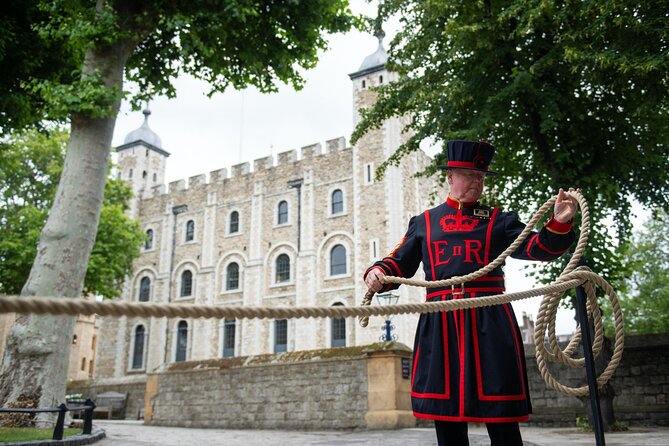The Tower of London is not only a symbol of London but also of Great Britain. The Tower occupies a special place in British history, so it is one of the world's most visited architectural and historical sites.
The Tower is essentially a fortress. Originally built as a defensive castle, it has also served as a zoo, a mint, an arsenal, a prison, an observatory, and a repository for royal jewels. The historic center of London is located on the north bank of the Thames, one of the oldest buildings in England.
The Tower measures 32 by 36 meters, and the height of the Tower is 30 meters.
Nearly the same Tower of London exists today as it did in the 11th century. Museum and armory, where the British crown's treasures are stored, are its primary purposes. According to official records, the fortress is one of the royal residences. Service personnel and occasionally distinguished guests reside in several private apartments in the fort.
Accessibility
Tower of London welcomes all visitors and strives to make their day out a memorable experience. We strive to improve accessibility and facilities for individuals with disabilities.
The Tower of London is a historic building with narrow passageways and difficult stairs, making it difficult for people with disabilities to access. Cobblestones are laid in some of the surfaces and pathways of the Tower, which has many steps. There are also low doorways in the Tower.
Caregiver accompanying visitors is free of charge. These complimentary adult carer tickets can only be obtained on the day of your visit upon presentation of proof of registered disability.











